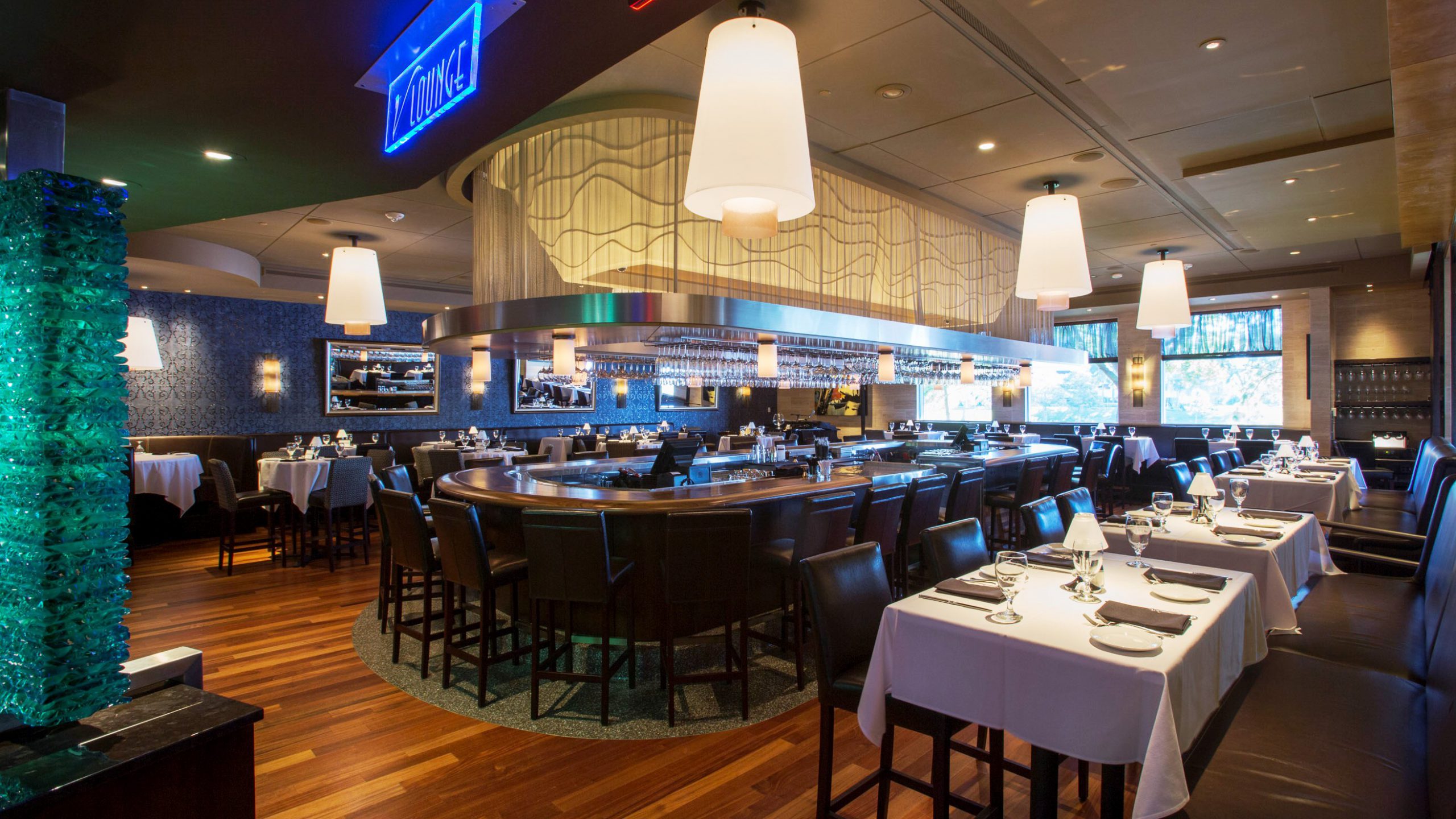Seasonal Changes and Building Health
As we transition from dry, cool winter months to hot, humid summer, you may be saying, “Woohoo! Bring on the heat!”. However, seasonal changes can affect building health. Specifically, the summer season presents major problems for facility managers and building owner. This is because their buildings’ HVAC systems struggle keeping up with increasing cooling loads and extremely humid outdoor air.
Just as spring plant life sprouts, HVAC mechanical issues can pop up with warmer temperatures. Poor indoor conditions, like high indoor relative humidity, negative building pressure, CO2 buildup, and temperature fluctuations are some examples.
Staying ahead of these issues before they become noticeable, costly problems is crucial when considering the overall health of your building and its HVAC systems.
Humidity: A Common Seasonal Issue
At various facilities, a common issue that comes with changing seasons is humidity. Specifically, humidity can be difficult to maintain at a comfortable level.

In the winter, the heating mode on air handling equipment can heat or evaporate the existing moisture in the air to reduce the overall relative humidity as outdoor air is brought into the building. However, in the summer, the opposite occurs: the air handling equipment cools the building space and doesn’t heat or evaporate the moisture out of incoming air. This combination of high relative humidity and indoor dew point ultimately creates conditions that promote condensation or organic growth within the facility.
A Year-Round Solution for Indoor Building Health
The most cost-effective solution to verifying and ensuring long-term indoor building health is with a sensor capable of measuring key building health metrics like differential pressure, relative humidity, dew point, temperature, and CO2.

By gathering data on building health metrics, the facility manager can quickly verify on-site conditions in real-time. As a result, they gain peace of mind knowing their buildings meet engineering specifications per design. In addition to these benefits, sensor data gathering gives users the ability to track and trend building health over a long-term period.
Using Data to Plan for Seasonal Building Health Changes
Getting and staying ahead of maintenance doesn’t need to start with expensive truck rolls and frequent site visits. Instead, sensor solutions provide inexpensive, effective avenues to implement proactive mindsets. Collected data can be aggregated into easy-to-use online portals, capable of summarizing, visualizing, and diagnosing issues on site. Allowing users, the ability to predict HVAC performance for a lasting solution.
Get ahead of the changing seasons by verifying your building is healthy today!


